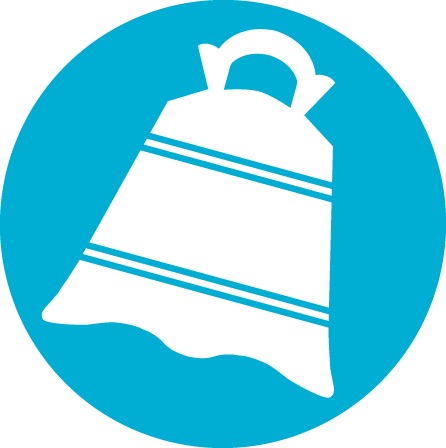- Other
- SEE MORE
- classical
- general
- talk
- News
- Family
- Bürgerfunk
- pop
- Islam
- soul
- jazz
- Comedy
- humor
- wissenschaft
- opera
- baroque
- gesellschaft
- theater
- Local
- alternative
- electro
- rock
- rap
- lifestyle
- Music
- como
- RNE
- ballads
- greek
- Buddhism
- deportes
- christian
- Technology
- piano
- djs
- Dance
- dutch
- flamenco
- social
- hope
- christian rock
- academia
- afrique
- Business
- musique
- ελληνική-μουσική
- religion
- World radio
- Zarzuela
- travel
- World
- NFL
- media
- Art
- public
- Sports
- Gospel
- st.
- baptist
- Leisure
- Kids & Family
- musical
- club
- Culture
- Health & Fitness
- True Crime
- Fiction
- children
- Society & Culture
- TV & Film
- gold
- kunst
- música
- gay
- Natural
- a
- francais
- bach
- economics
- kultur
- evangelical
- tech
- Opinion
- Government
- gaming
- College
- technik
- History
- Jesus
- Health
- movies
- radio
- services
- Church
- podcast
- Education
- international
- Transportation
- kids
- podcasts
- philadelphia
- Noticias
- love
- sport
- Salud
- film
- and
- 4chan
- Disco
- Stories
- fashion
- Arts
- interviews
- hardstyle
- entertainment
- humour
- medieval
- literature
- alma
- Cultura
- video
- TV
- Science
- en
Human Trafficking: The Intersection of Race, Gender, and the Law

b"Human trafficking, often categorized by sex and labor trafficking, is widespread in the United States. Victims of human trafficking can come from any background, however according to the U.S. Department of Justice, 94% of sex trafficking victims are female, 40% are Black, and 24% are Latinx. And in South Dakota, where Native American women are only 8% of the population, they represent 40% of sex trafficking victims. These statistics are staggering. Add to this, a recent report by Georgetown University found that sexual abuse is one of the leading predictors of girls' entry into the juvenile justice system-effectively creating a sexual abuse to prison pipeline for those already victimized.\\\\r\\\\n\\\\r\\\\nJust last year, the state of Ohio scored an F on their Shared Hope International report card on human trafficking. How can we better engage our communities, businesses, non-profits, and governmental organizations to address human trafficking? And what are the best practices across healthcare, public safety, and more, that can help support victims of this underground epidemic?\\\\r\\\\n\\\\r\\\\nLast month, our City Club Youth Forum Council shed light on unequal reporting and investigations of missing person cases involving women of color. Now, join us virtually on Wednesday, January 26th, as we mark Human Trafficking Awareness Month. We will hear from Kirsti Mouncey, President & CEO of the Collaborative to End Human Trafficking and Yasmin Vafa, Executive Director at Rights4Girls on intersection of race, gender, violence, and the law as it pertains to human trafficking."